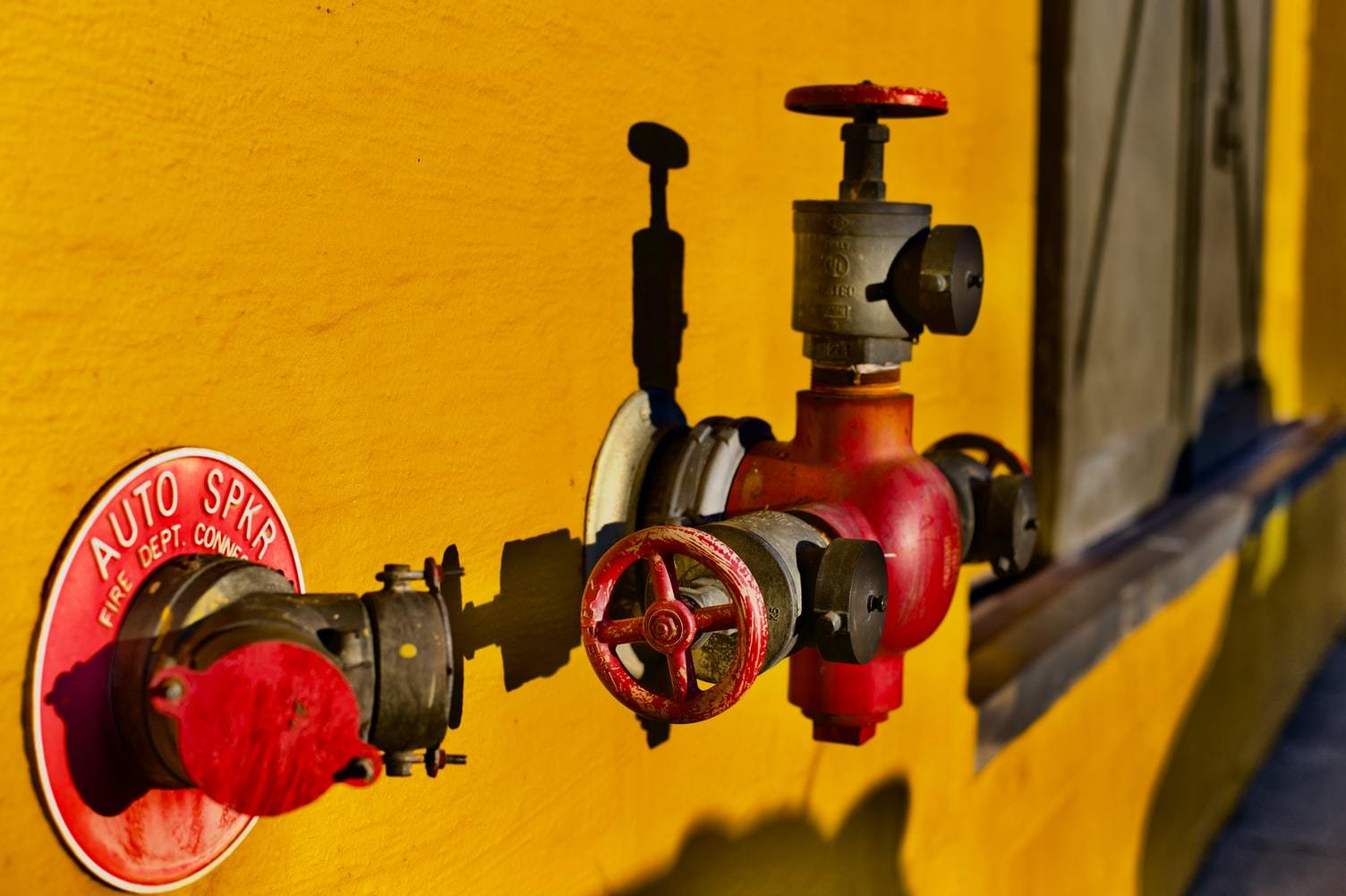

Articles
What Is An RPZ In Plumbing
Modified: January 8, 2024
Discover everything you need to know about RPZ in plumbing through our informative articles. Learn how RPZ valves can protect your water supply and prevent contamination.
(Many of the links in this article redirect to a specific reviewed product. Your purchase of these products through affiliate links helps to generate commission for Storables.com, at no extra cost. Learn more)
Introduction
When it comes to plumbing systems, there are various components and devices that play a crucial role in ensuring the safety and functionality of the system. One such device is the Reduced Pressure Zone (RPZ) valve. The RPZ valve is an essential component in preventing backflow and protecting the potable water supply from contamination.
In this article, we will explore what exactly a RPZ is, its purpose in plumbing systems, how it works, its components, installation requirements, maintenance and testing procedures, legal requirements, and the differences between RPZ and other backflow prevention devices.
Understanding the RPZ valve and its importance in plumbing systems is vital for homeowners, plumbing professionals, and anyone involved in the maintenance and operation of a plumbing system. So, let’s dive into the world of RPZ valves and uncover the significance of these devices in ensuring clean and safe potable water supply.
Key Takeaways:
- RPZ valves are essential for preventing backflow and protecting the potable water supply from contamination. Their inclusion of a relief valve sets them apart from other backflow prevention devices, providing an additional layer of safety during pressure surges.
- Proper installation, maintenance, and testing of RPZ valves are crucial for ensuring the integrity of plumbing systems and safeguarding the potable water supply. Compliance with legal requirements and the involvement of qualified professionals are vital in meeting regulatory standards and protecting public health.
Read more: What Is Plumbing?
Definition of RPZ
A Reduced Pressure Zone (RPZ) valve, also known as a backflow preventer, is a critical device used in plumbing systems to protect the potable water supply from potential contamination due to backflow. Backflow occurs when there is a reversal of water flow, causing non-potable water, chemicals, or other substances to flow back into the clean water supply.
The RPZ valve is designed to prevent backflow by creating a zone of reduced pressure between the potential source of contamination and the potable water supply. It consists of two independently acting check valves and a relief valve, all arranged in a specific configuration. The check valves prevent the reverse flow of water, while the relief valve helps to discharge any excess pressure in the event of a pressure surge.
RPZ valves are typically required in situations where there is a high risk of backflow, such as in commercial and industrial buildings, as well as in irrigation systems, boiler systems, and fire suppression systems. They provide a reliable means of protection against backflow and are often mandated by plumbing codes and regulations.
It’s important to note that RPZ valves are different from other types of backflow preventers, such as double check valves and pressure vacuum breakers. While these devices also provide backflow prevention, RPZ valves offer an additional layer of protection by incorporating a relief valve to alleviate potential pressure surges.
Now that we have a basic understanding of what an RPZ valve is, let’s explore its purpose in plumbing systems and why it is crucial for maintaining the safety and integrity of the potable water supply.
Purpose of RPZ in Plumbing Systems
The primary purpose of an RPZ valve in plumbing systems is to protect the potable water supply from contamination due to backflow. Backflow can occur when there is a change in pressure within the plumbing system, causing water to flow in the opposite direction. This reversal of flow can lead to the contamination of drinking water with harmful substances, such as chemicals, bacteria, or other non-potable water sources.
An RPZ valve acts as a barrier to prevent this contamination by creating a zone of reduced pressure between the potential source of contamination and the clean water supply. It does this through a series of valves that work together to block the reverse flow of water.
Another important purpose of an RPZ valve is to comply with plumbing codes and regulations. Many jurisdictions require the installation of RPZ valves in certain plumbing systems to ensure the safety and integrity of the potable water supply. This is particularly true for commercial and industrial buildings, where the risk of backflow contamination is higher due to various factors such as complex plumbing systems, multiple water sources, or the presence of hazardous substances.
Additionally, RPZ valves are essential in protecting public health and safety. Contaminated water can pose significant health risks if consumed or used for cooking, bathing, or other everyday activities. By installing an RPZ valve, property owners can ensure that the water supplied to their building or facility is safe and free from contaminants.
In summary, the purpose of an RPZ valve in plumbing systems is twofold: to prevent the contamination of potable water due to backflow and to comply with plumbing codes and regulations. By fulfilling these purposes, RPZ valves play an integral role in maintaining the safety and integrity of the water supply and protecting public health.
How an RPZ Works
To understand how an RPZ (Reduced Pressure Zone) valve works, it’s important to grasp the basic concept of backflow prevention. Backflow occurs when there is a reverse flow of water in a plumbing system, which can lead to the contamination of the potable water supply. The RPZ valve acts as a barrier to prevent this backflow and ensure the safety of the water supply.
An RPZ valve consists of two check valves and a relief valve, all arranged in a specific configuration. The check valves are the primary components responsible for preventing the reversal of water flow. They are designed to allow water to flow in one direction but block it from flowing in the opposite direction. This ensures that water can only flow from the clean water supply to the intended fixtures and outlets, not in reverse.
The arrangement of the check valves in an RPZ valve creates a zone of reduced pressure between the potential source of contamination and the clean water supply. This reduced pressure zone effectively blocks the backflow, as the pressure in the clean water supply is higher than the pressure in the zone of potential contamination.
In the event of a pressure surge or a malfunction in the plumbing system, the pressure in the zone of potential contamination may increase. This is where the relief valve comes into play. The relief valve is designed to discharge excess pressure, ensuring that the RPZ valve continues to function properly and the plumbing system remains protected.
The proper functioning of an RPZ valve relies on regular maintenance and testing. Over time, the check valves may become worn or damaged, compromising their effectiveness in preventing backflow. It is crucial to have a qualified professional inspect and test the RPZ valve periodically to ensure its optimal performance.
In summary, an RPZ valve works by utilizing check valves and a relief valve to create a zone of reduced pressure, effectively preventing the backflow of water and protecting the potable water supply. Regular maintenance and testing are vital to ensure the ongoing functionality of the RPZ valve and to maintain the integrity of the plumbing system.
Components of an RPZ
An RPZ (Reduced Pressure Zone) valve consists of several key components that work together to prevent backflow and protect the potable water supply. Understanding the components of an RPZ valve is essential for proper installation, maintenance, and troubleshooting of the device.
1. Inlet and Outlet Assemblies: The RPZ valve has separate inlet and outlet assemblies. The inlet assembly connects to the potential source of contamination, while the outlet assembly connects to the clean water supply.
2. Check Valves: The RPZ valve contains two check valves, known as the primary and secondary check valves. These valves allow water to flow in one direction while preventing backflow in the opposite direction. The primary check valve is positioned closer to the inlet, while the secondary check valve is located closer to the outlet.
3. Relief Valve: The relief valve is an important component of the RPZ valve that helps discharge excess pressure in the event of a pressure surge. It is designed to open when the pressure in the zone of potential contamination exceeds the set limit, ensuring that the RPZ valve continues to function properly.
4. Test Cocks: Test cocks are small valves located at strategic points within the RPZ valve assembly. They allow for the manual testing and verification of the functionality of the check valves and relief valve, as well as the measurement of pressure differentials during testing.
5. Body and Housing: The body of the RPZ valve houses all the internal components and provides the structure and support for the device. It is typically made of durable materials such as brass or bronze to ensure long-term reliability.
6. Seals and O-rings: Seals and O-rings are essential for creating a watertight seal between the various components of the RPZ valve. They help prevent leaks and ensure the optimal functioning of the device.
7. Test Ports: Test ports are openings in the RPZ valve that allow for the connection of test gauges and equipment during maintenance and testing procedures. They provide easy access for professionals to perform necessary tests and inspections.
It is important to note that the specific design and arrangement of the components may vary among different manufacturers and models of RPZ valves. It is crucial to follow the manufacturer’s instructions and specifications when installing, maintaining, or repairing an RPZ valve to ensure its proper functionality and compliance with plumbing codes and regulations.
In summary, the components of an RPZ valve include the inlet and outlet assemblies, primary and secondary check valves, relief valve, test cocks, body and housing, seals and O-rings, and test ports. These components work together to create a reliable barrier against backflow and protect the potable water supply from contamination.
When installing a Reduced Pressure Zone (RPZ) in plumbing, make sure to follow local codes and regulations to ensure proper installation and maintenance for backflow prevention. Regular testing and maintenance are essential to ensure the RPZ is functioning correctly.
Read more: What Is Plastic Plumbing
Installation Requirements for an RPZ
The installation of an RPZ (Reduced Pressure Zone) valve is a critical step in ensuring the proper functioning and effectiveness of the backflow prevention device. It is important to follow specific installation requirements to meet plumbing codes and regulations, maintain the integrity of the plumbing system, and protect the potable water supply from contamination.
1. Location: The RPZ valve should be installed in a location that is easily accessible for maintenance and testing. It should be positioned vertically with the relief valve pointing downwards to allow for proper drainage in case of discharge.
2. Orientation: The inlet assembly of the RPZ valve should be connected to the potential source of contamination, while the outlet assembly should be connected to the clean water supply. The flow direction should be clearly marked on the valve to ensure proper installation.
3. Plumbing Connections: The RPZ valve should be installed with the appropriate plumbing connections and fittings. The connections should be secure and leak-free to maintain the integrity of the plumbing system.
4. Pressure Regulation: The RPZ valve should be installed in a location where the pressure in the plumbing system is adequately regulated. Excessive pressure can affect the performance of the RPZ valve and may increase the risk of failure. It is recommended to install pressure regulators upstream of the RPZ valve if necessary.
5. Space Requirements: Sufficient space should be allocated for the installation and operation of the RPZ valve. It should be placed in an area where it is not exposed to extreme temperatures, direct sunlight, or potential damage from other equipment or materials.
6. Ventilation: Adequate ventilation should be provided around the RPZ valve to prevent the buildup of stagnant air and to ensure proper airflow for cooling.
7. Accessibility: The RPZ valve should be easily accessible for maintenance, repair, and testing purposes. Installation should allow for sufficient clearance around the device to facilitate these activities.
8. Compliance with Codes and Regulations: The installation of an RPZ valve should comply with local plumbing codes, regulations, and industry standards. It is essential to consult with the relevant authorities or a licensed plumbing professional to ensure adherence to specific requirements in your area.
Remember, proper installation of an RPZ valve is crucial for effective backflow prevention and the protection of the potable water supply. It is recommended to seek the assistance of a qualified professional to ensure that the installation is performed correctly and in compliance with all necessary requirements.
Maintenance and Testing of an RPZ
Regular maintenance and testing are essential to ensure the proper functioning and effectiveness of an RPZ (Reduced Pressure Zone) valve. Performing routine maintenance and testing procedures helps to verify the integrity of the device, identify potential issues, and ensure the protection of the potable water supply from backflow contamination. Here are some key aspects of RPZ maintenance and testing:
1. Regular Inspection: A visual inspection of the RPZ valve should be conducted periodically to check for any signs of damage, wear, or leaks. This includes inspecting the body, check valves, relief valve, seals, and any test cocks or ports. If any issues are found, they should be addressed promptly by a qualified professional.
2. Annual Testing: An annual performance test is recommended to assess the functionality of the RPZ valve. This involves testing the check valves to ensure they are operating properly and checking the relief valve for proper discharge in case of pressure surges. The test results should be recorded and kept on file for future reference.
3. Pressure Differential Measurement: During testing, it is important to measure the pressure differentials across the RPZ valve to ensure proper operation. This can be done using pressure gauges connected to the test cocks or ports. The measured pressure differentials should be compared to the manufacturer’s specifications to determine the valve’s compliance.
4. Relief Valve Evaluation: The relief valve should be checked to ensure it is free from any obstructions or debris that may hinder its proper functioning. It should also be tested to ensure that it adequately discharges excess pressure when required.
5. Repair and Replacement: If any components of the RPZ valve are found to be faulty or damaged during maintenance or testing, they should be repaired or replaced by a qualified professional. This may include replacing worn seals, O-rings, or check valves to ensure the optimal performance of the device.
6. Documentation and Record-Keeping: It is important to maintain detailed records of all maintenance and testing activities conducted on the RPZ valve. This includes documenting test results, repairs, replacements, and any other relevant information. These records serve as valuable references for future maintenance, inspections, or regulatory compliance.
It is worth noting that maintenance and testing requirements may vary depending on local plumbing codes and regulations. It is essential to consult these requirements and follow the recommendations of the RPZ valve manufacturer when performing maintenance and testing procedures.
By prioritizing regular maintenance and testing, building owners, facilities managers, and plumbing professionals can ensure that RPZ valves are functioning as intended, effectively preventing backflow and safeguarding the integrity of the potable water supply.
Legal Requirements for RPZ Installation
Installing an RPZ (Reduced Pressure Zone) valve is subject to various legal requirements and regulations to ensure the protection of the potable water supply and maintain public health. These requirements may vary depending on local plumbing codes and regulations, as well as specific jurisdictional requirements. Here are some common legal requirements for RPZ installation:
1. Plumbing Codes and Regulations: RPZ valve installation must comply with local plumbing codes and regulations. These codes outline the specific requirements for backflow prevention devices and their installation. It is crucial to consult the relevant plumbing codes and regulations in your area and follow them during the installation process.
2. Permitting and Inspections: Many jurisdictions require a permit for the installation of an RPZ valve. It is necessary to obtain the appropriate permits from the local plumbing authority before beginning the installation. Additionally, inspections may be required during and after the installation to ensure compliance with the plumbing codes and regulations.
3. Qualified Professionals: In most cases, RPZ installation must be conducted by a licensed plumbing professional or a certified backflow prevention specialist. These professionals have the knowledge and expertise necessary to safely and correctly install the RPZ valve, ensuring proper functionality and compliance with legal requirements.
4. Location Restrictions: The installation of an RPZ valve may have specific location restrictions dictated by plumbing codes and regulations. These restrictions often relate to factors such as proximity to potential sources of contamination, accessibility for maintenance and testing, and compatibility with other plumbing components or equipment.
5. Testing and Certification: After installation, the RPZ valve must undergo testing and certification to ensure its proper functioning. This testing is typically conducted by a licensed tester who verifies that the RPZ valve meets the required performance standards. The certification confirms that the RPZ valve is in compliance with legal requirements and can effectively prevent backflow.
6. Ongoing Maintenance and Testing: Legal requirements may also mandate regular maintenance and testing of the RPZ valve to ensure its continued effectiveness. This can include annual performance tests, inspections, and record-keeping of maintenance activities. Compliance with these maintenance and testing requirements helps maintain the RPZ valve’s integrity and compliance with legal standards.
7. Documentation and Record-Keeping: It is important to document and maintain records of all aspects related to the installation, testing, and maintenance of the RPZ valve. This includes permit documentation, test results, maintenance records, and certifications. These records serve as evidence of compliance with legal requirements and can be requested during inspections or audits.
Complying with the legal requirements for RPZ installation is crucial to ensure the protection of the potable water supply from backflow contamination and to maintain regulatory compliance. It is advisable to consult the local plumbing authority or a licensed professional to ensure adherence to the specific legal requirements in your area.
Differences between RPZ and Other Backflow Prevention Devices
When it comes to backflow prevention, there are various devices available, each with its own features and capabilities. While many different backflow prevention devices exist, two commonly used ones are the Reduced Pressure Zone (RPZ) valve and other devices such as double check valves and pressure vacuum breakers. Here are some key differences between RPZ valves and other backflow prevention devices:
1. Functionality: The RPZ valve is specifically designed to provide a high level of protection against backflow, making it one of the most reliable backflow prevention devices. It creates a zone of reduced pressure between the potential source of contamination and the clean water supply. Other devices, such as double check valves and pressure vacuum breakers, provide backflow prevention but may not offer the same level of protection as an RPZ valve.
2. Relief Valve: One significant difference between RPZ valves and other backflow prevention devices is the inclusion of a relief valve in RPZ valves. The relief valve helps to discharge excess pressure in the event of a pressure surge, ensuring the RPZ valve continues to function properly. Other devices typically do not have a relief valve, meaning they may be less equipped to handle pressure variations.
3. Number of Check Valves: RPZ valves consist of two independently acting check valves, known as the primary and secondary check valves. These check valves work together to prevent backflow. In contrast, other devices such as double check valves usually have two check valves, but they may not offer the same level of redundancy and protection as the two check valves found in an RPZ valve.
4. Level of Protection: RPZ valves provide the highest level of protection against backflow, making them suitable for high-risk situations where there is a significant threat of contamination. They are commonly used in commercial and industrial buildings. Other devices, while still providing backflow prevention, may not offer the same level of protection and are typically used in residential or low-risk applications.
5. Installation Requirements: The installation requirements for RPZ valves may differ from those of other backflow prevention devices. RPZ valves typically require specific positioning, orientation, and clearances to ensure proper operation and accessibility for maintenance and testing. It is important to consult the manufacturer’s instructions and local plumbing codes when installing any backflow prevention device.
6. Testing and Maintenance: RPZ valves generally require annual testing and maintenance to ensure their proper functioning and compliance with regulations. Other backflow prevention devices may also require periodic testing and maintenance, but the specific requirements can vary. It is essential to follow the manufacturer’s recommendations and local regulations for testing and maintenance procedures.
7. Legal Requirements: RPZ valves are often required by plumbing codes and regulations in certain situations, especially in commercial and industrial buildings where the risk of backflow contamination is higher. Other backflow prevention devices may have specific legal requirements as well, but they may not be as widely mandated as RPZ valves.
Understanding the differences between RPZ valves and other backflow prevention devices is important when selecting the appropriate device for a specific application. It is advisable to consult with a qualified professional to determine the most suitable backflow prevention solution based on the specific requirements and regulations in your area.
Read more: What Is A Plumbing Fixture
Conclusion
In the world of plumbing systems, backflow prevention is of utmost importance to maintain the safety and integrity of the potable water supply. The Reduced Pressure Zone (RPZ) valve emerges as a crucial device in preventing backflow and protecting against potential contamination. Through its design and functionality, the RPZ valve creates a zone of reduced pressure, blocking the reverse flow of water and safeguarding the potable water supply from harmful substances.
We have explored the various aspects of RPZ valves, including their definition, purpose, operation, components, installation requirements, maintenance, testing, and legal requirements. Understanding these aspects is vital for homeowners, plumbing professionals, and anyone involved in the operation and maintenance of plumbing systems.
RPZ valves are designed to comply with plumbing codes and regulations, ensuring the prevention of backflow and the protection of public health. Their installation must adhere to specific requirements, including location, orientation, and proper plumbing connections. Regular maintenance and testing of RPZ valves are essential to verify their functionality, identify potential issues, and adhere to legal requirements.
We have also highlighted the differences between RPZ valves and other backflow prevention devices, such as double check valves and pressure vacuum breakers. RPZ valves stand out with their enhanced protection and the inclusion of a relief valve, providing an additional layer of safety during pressure surges.
By prioritizing the installation, maintenance, and testing of RPZ valves, we can ensure the integrity of our plumbing systems and protect the potable water supply from contamination. Compliance with legal requirements, documentation, and the involvement of qualified professionals throughout the process are vital in safeguarding public health and meeting regulatory standards.
In conclusion, understanding the significance of RPZ valves in backflow prevention is crucial for maintaining the safety and functionality of plumbing systems. By implementing and adhering to proper installation, maintenance, and testing procedures, we can contribute to a clean and safe potable water supply for our communities.
Frequently Asked Questions about What Is An RPZ In Plumbing
Was this page helpful?
At Storables.com, we guarantee accurate and reliable information. Our content, validated by Expert Board Contributors, is crafted following stringent Editorial Policies. We're committed to providing you with well-researched, expert-backed insights for all your informational needs.
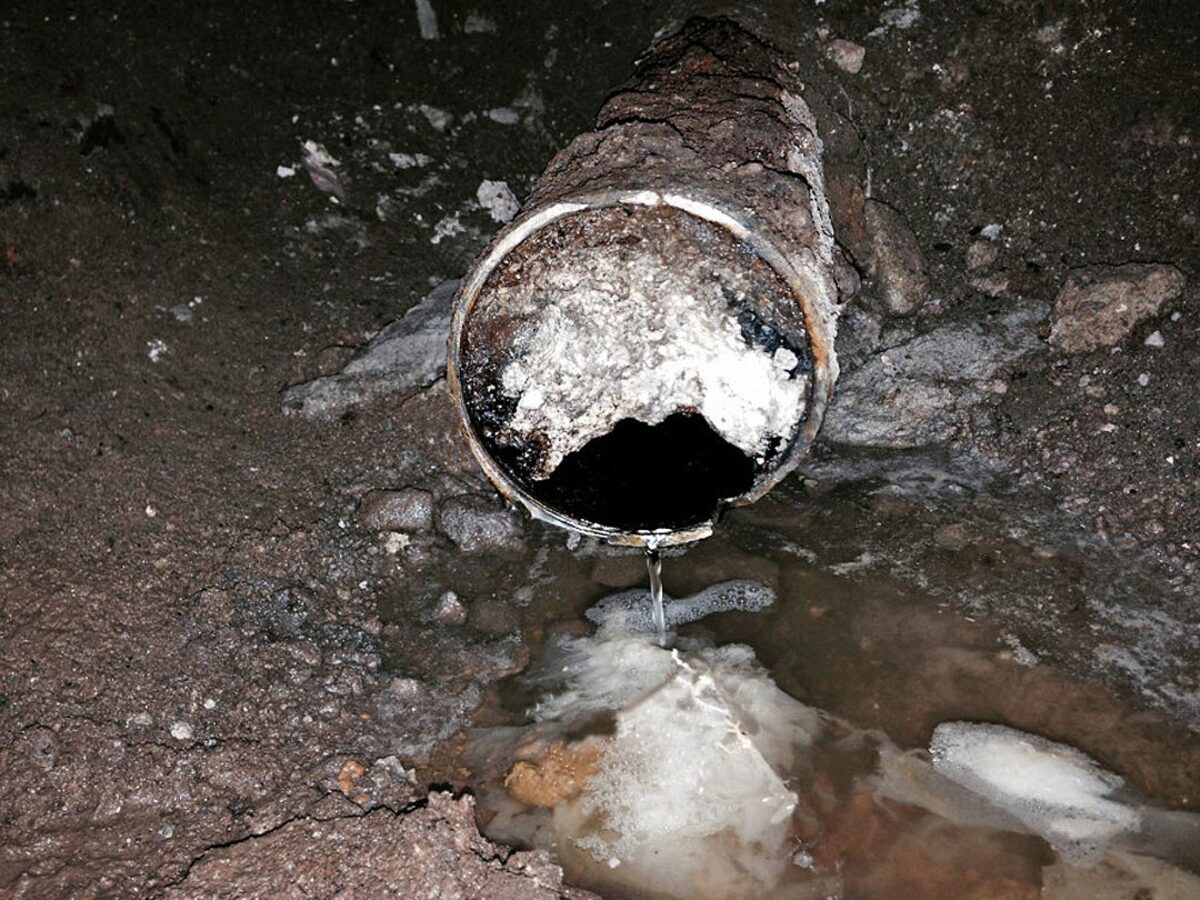
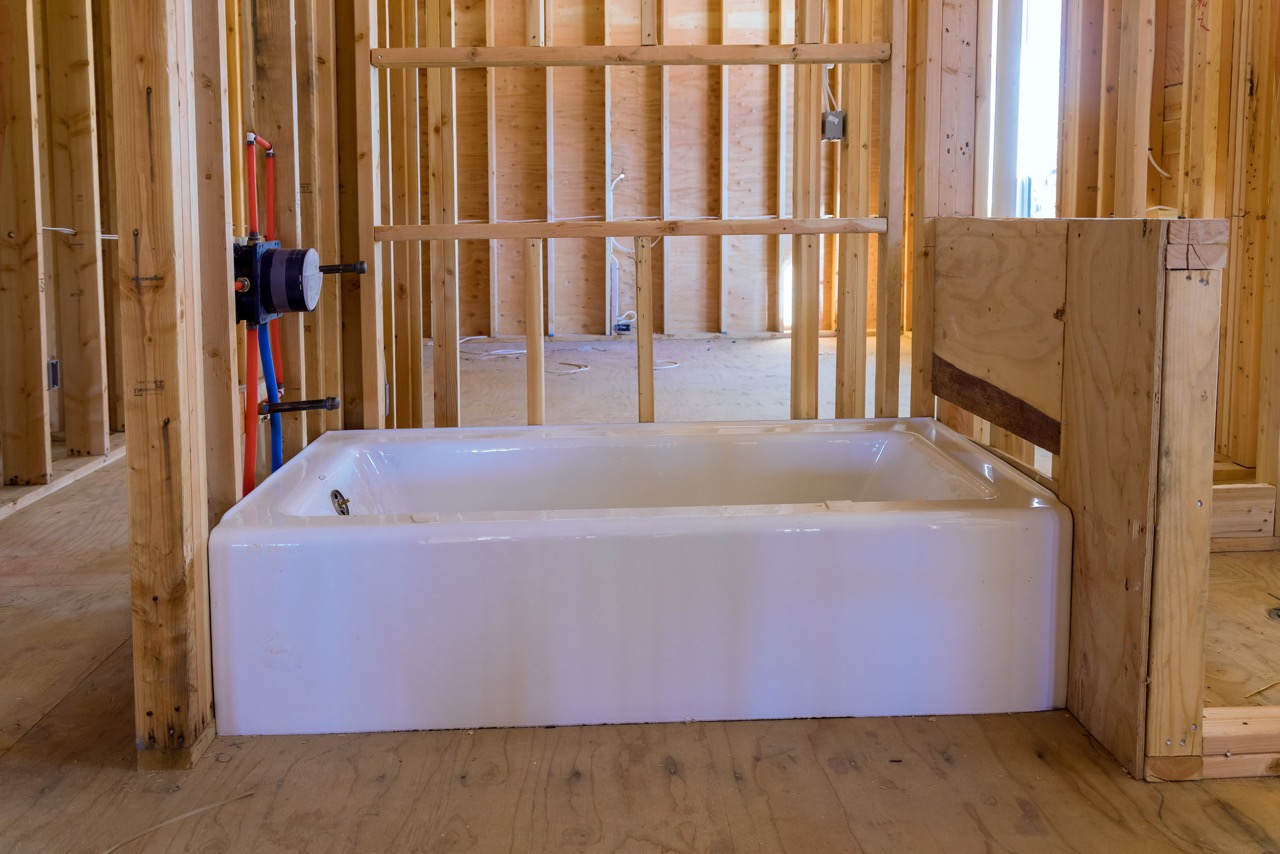
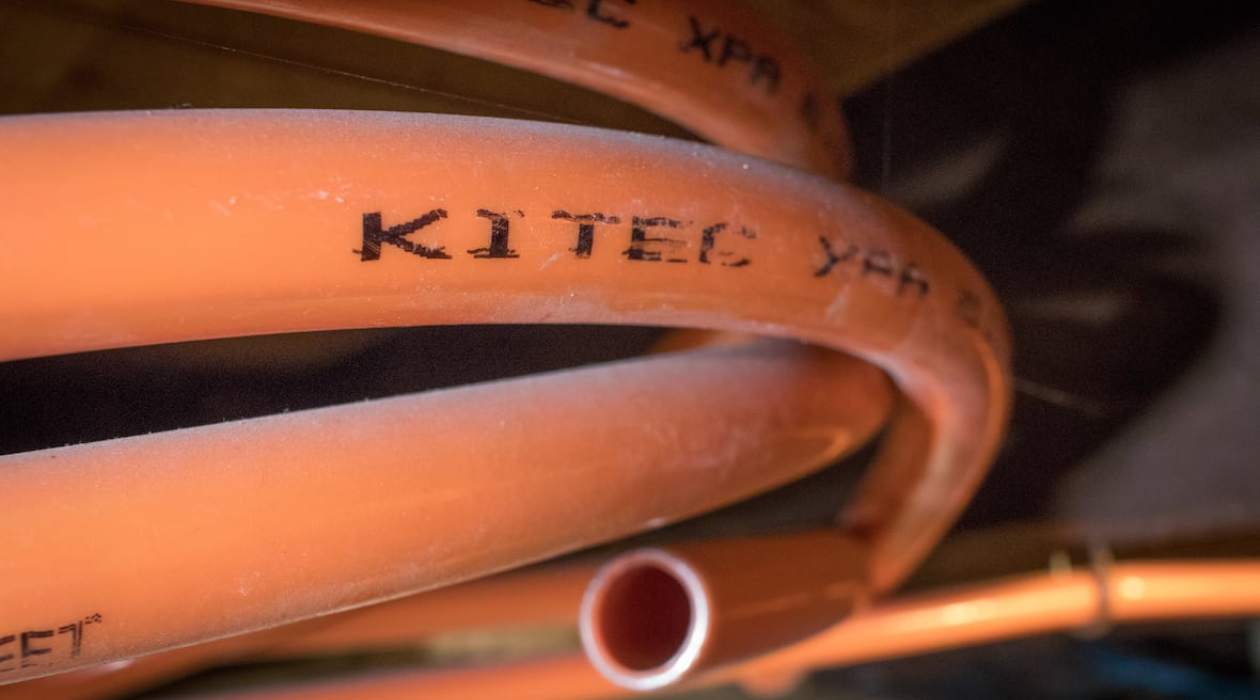
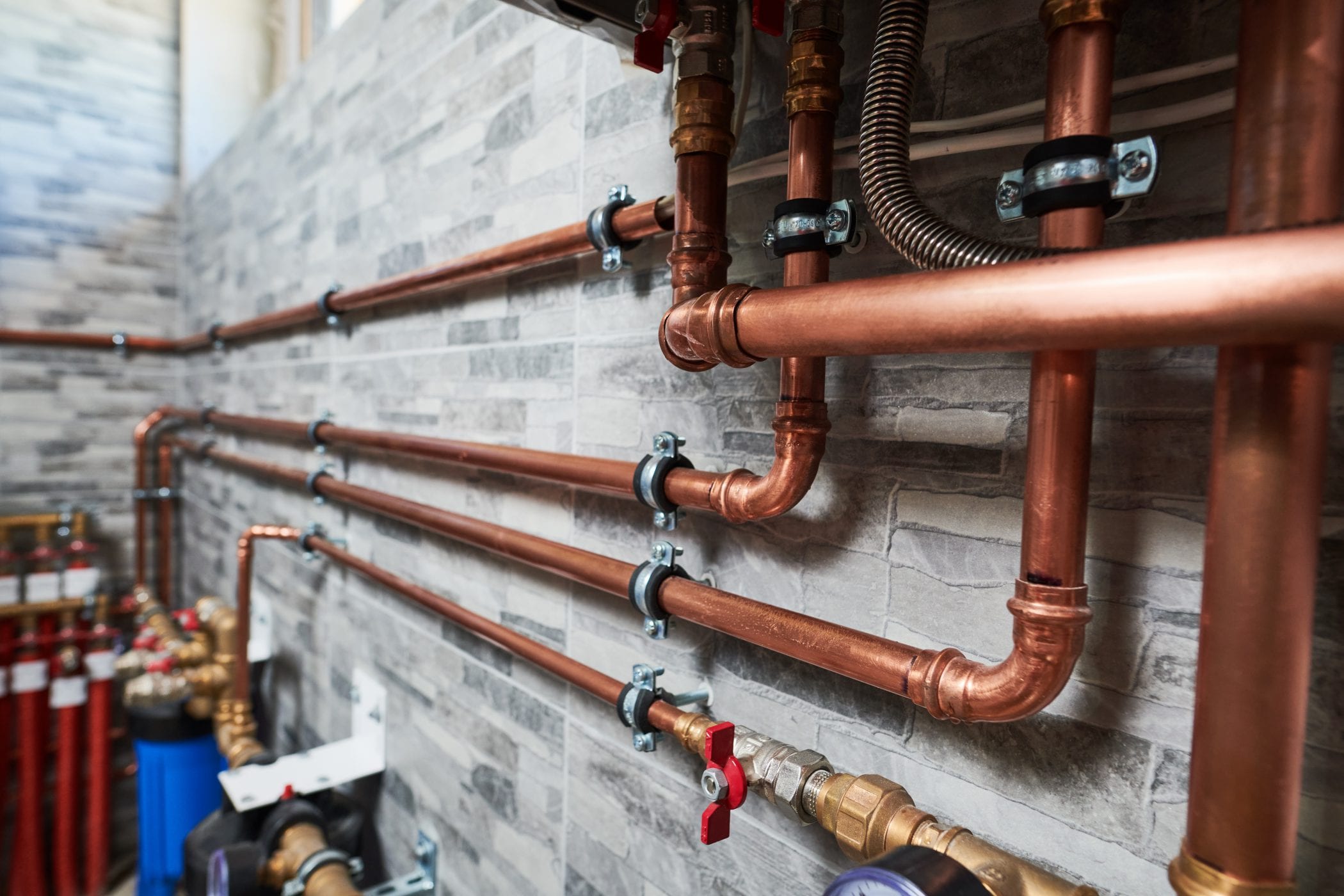
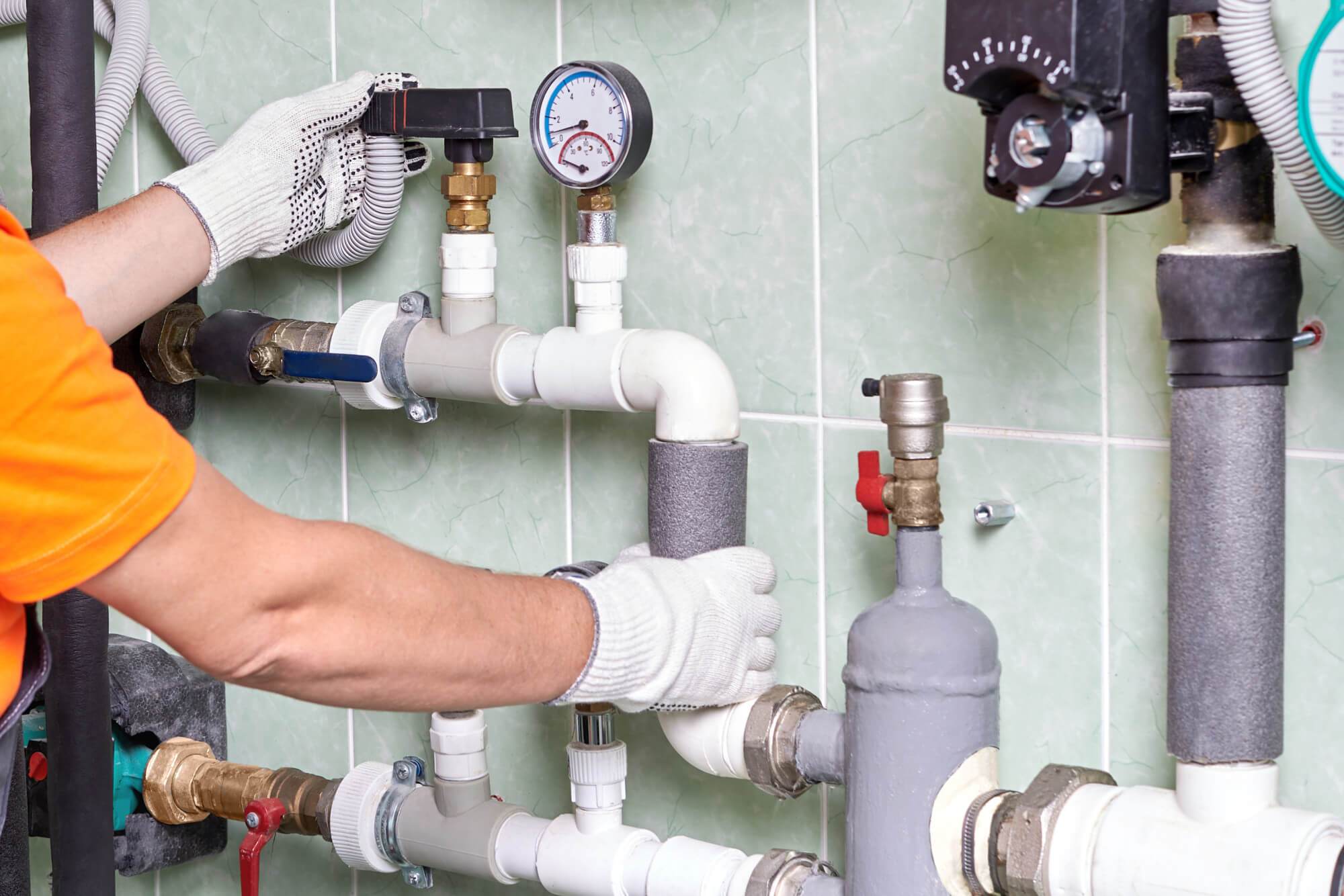
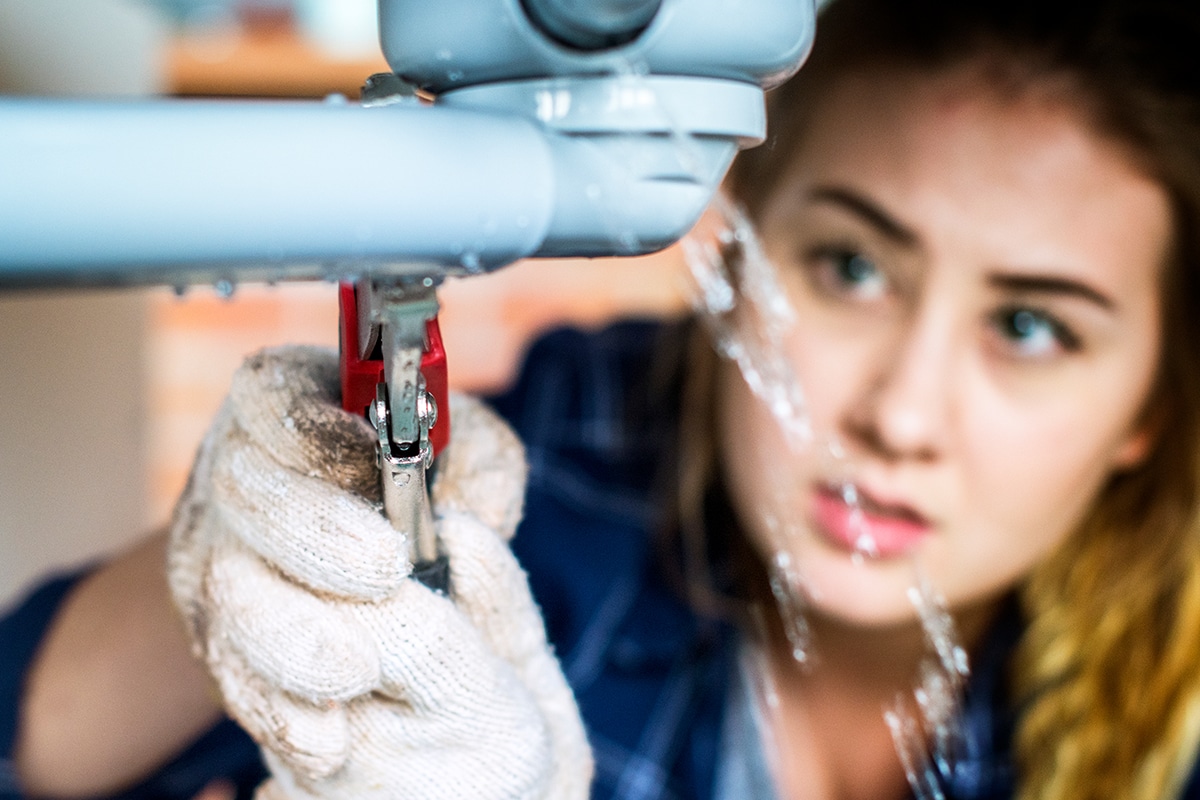
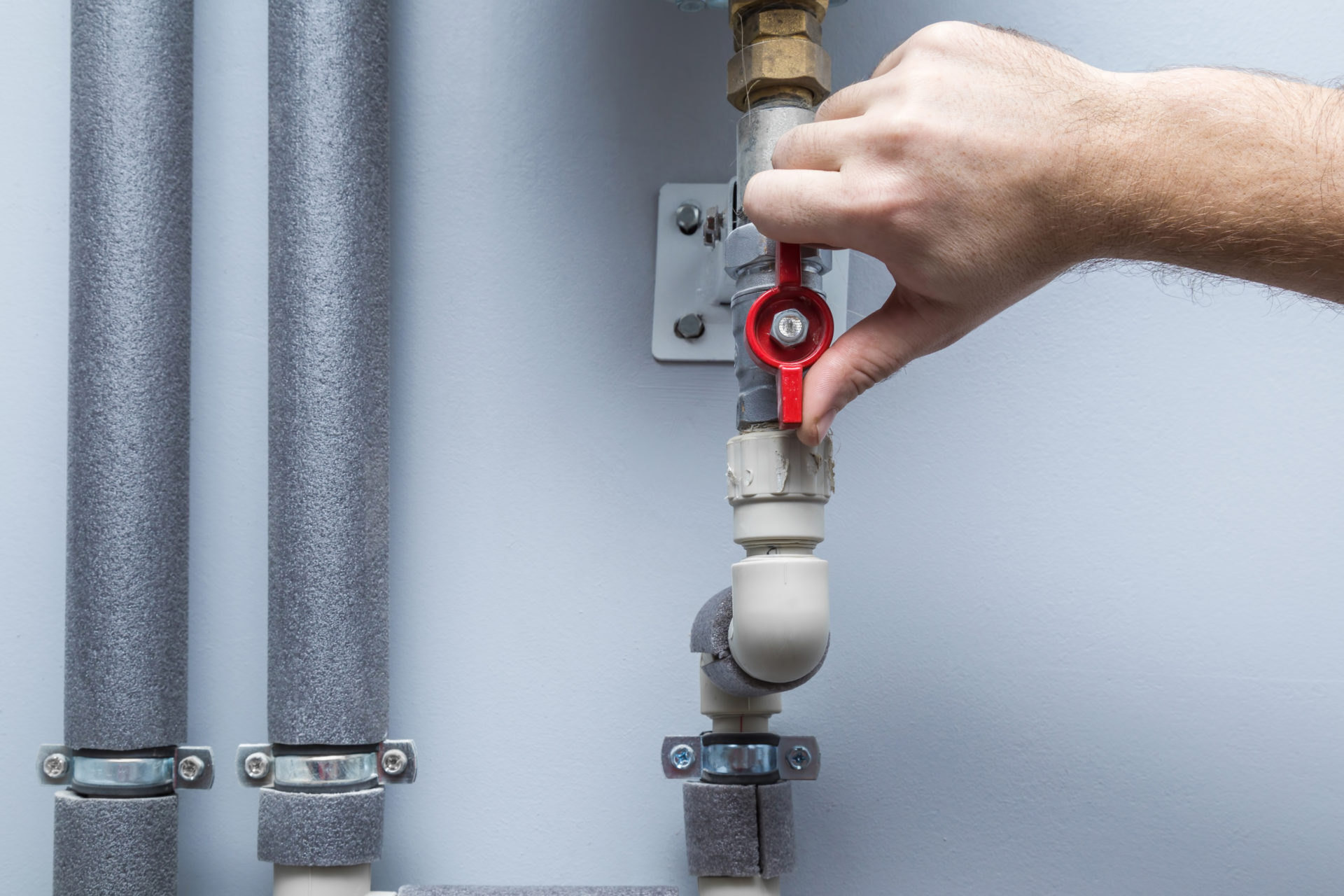
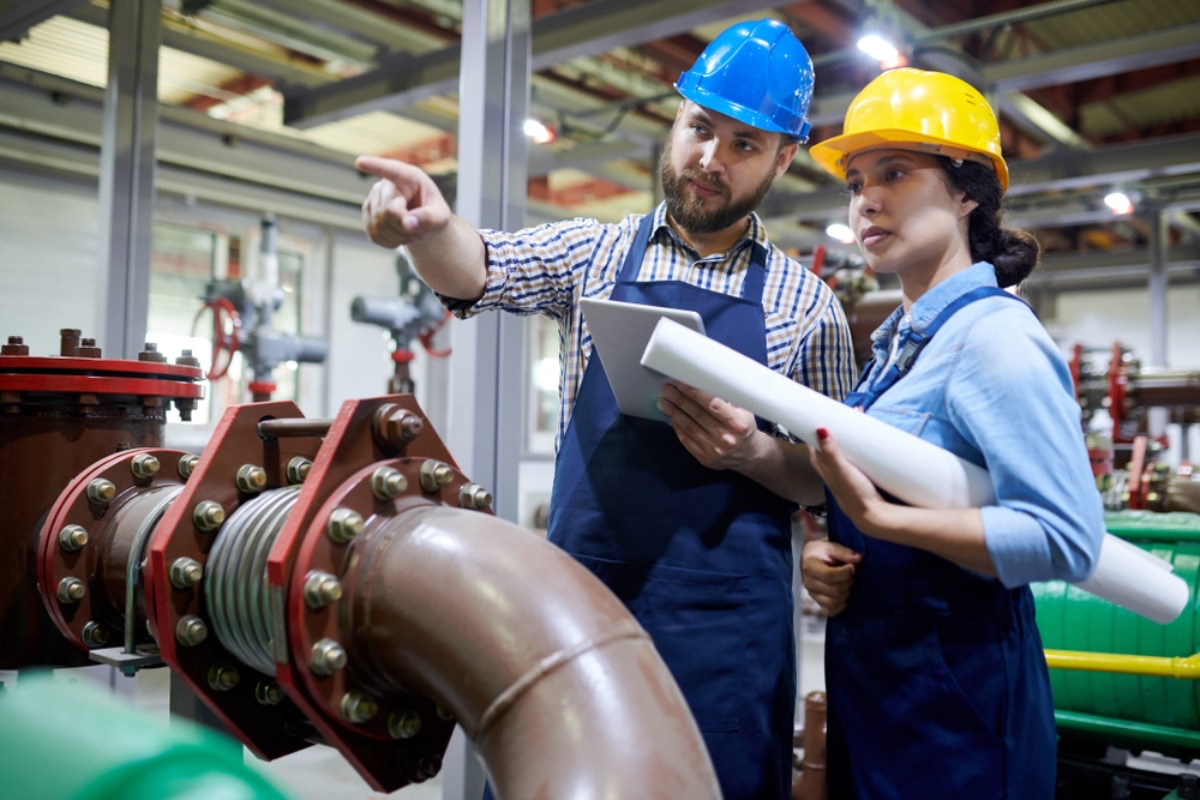
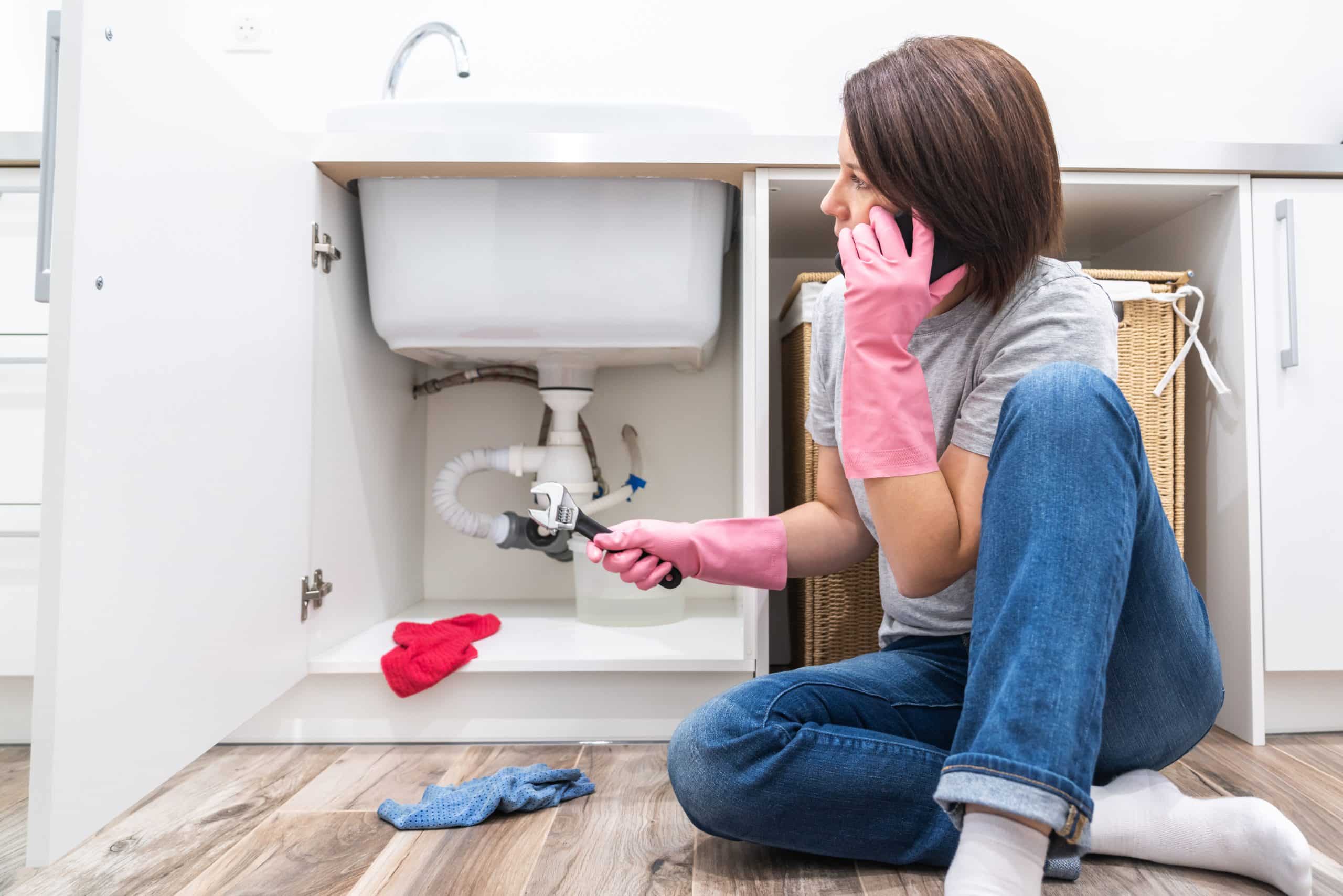
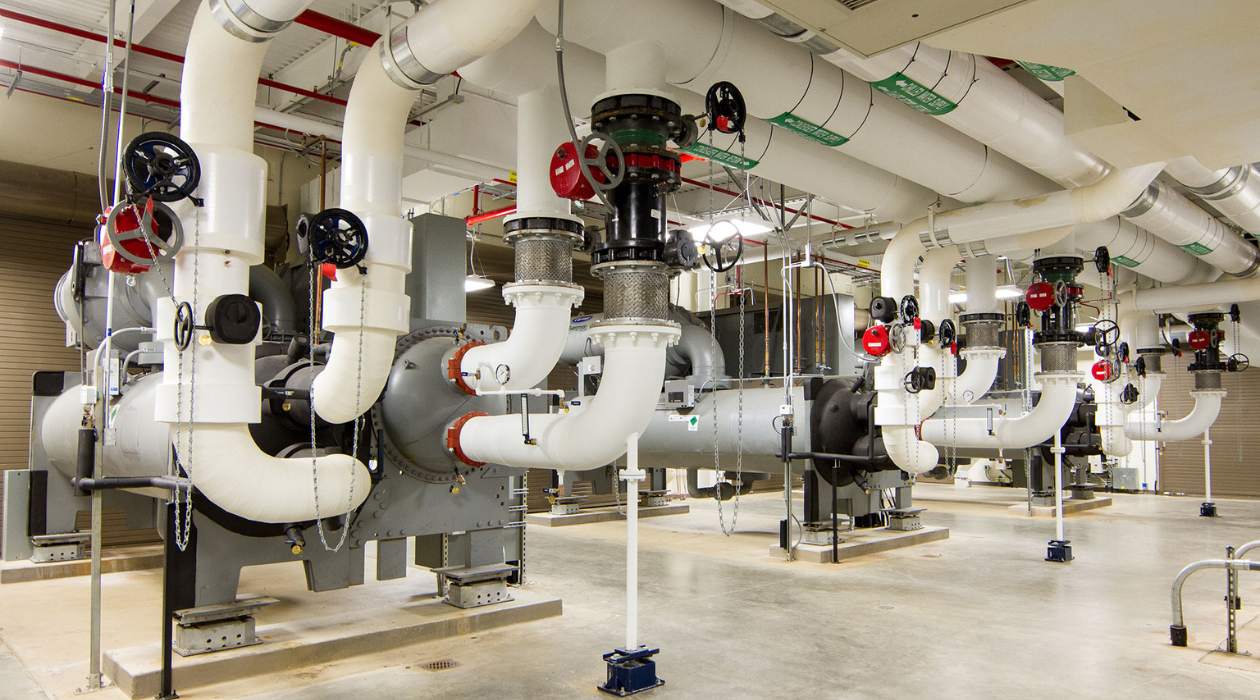
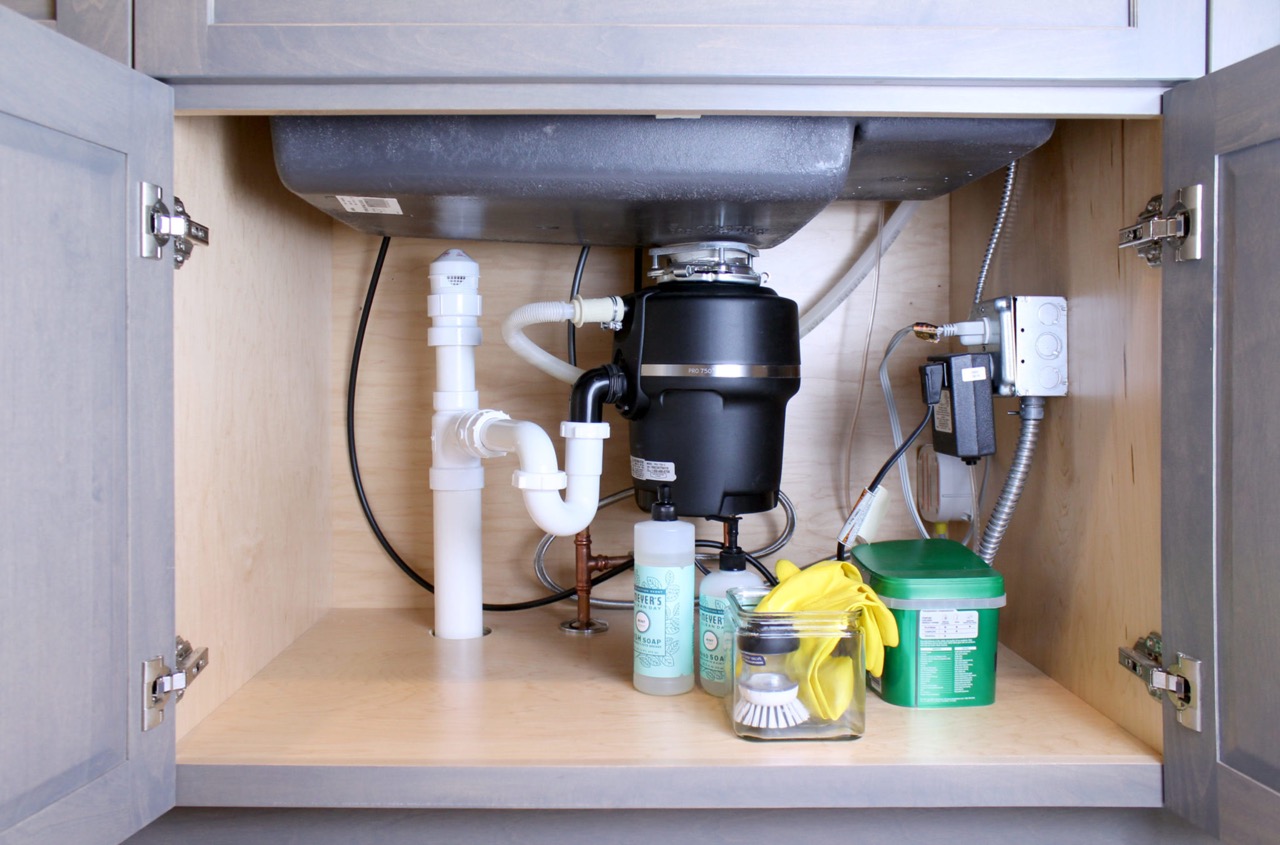
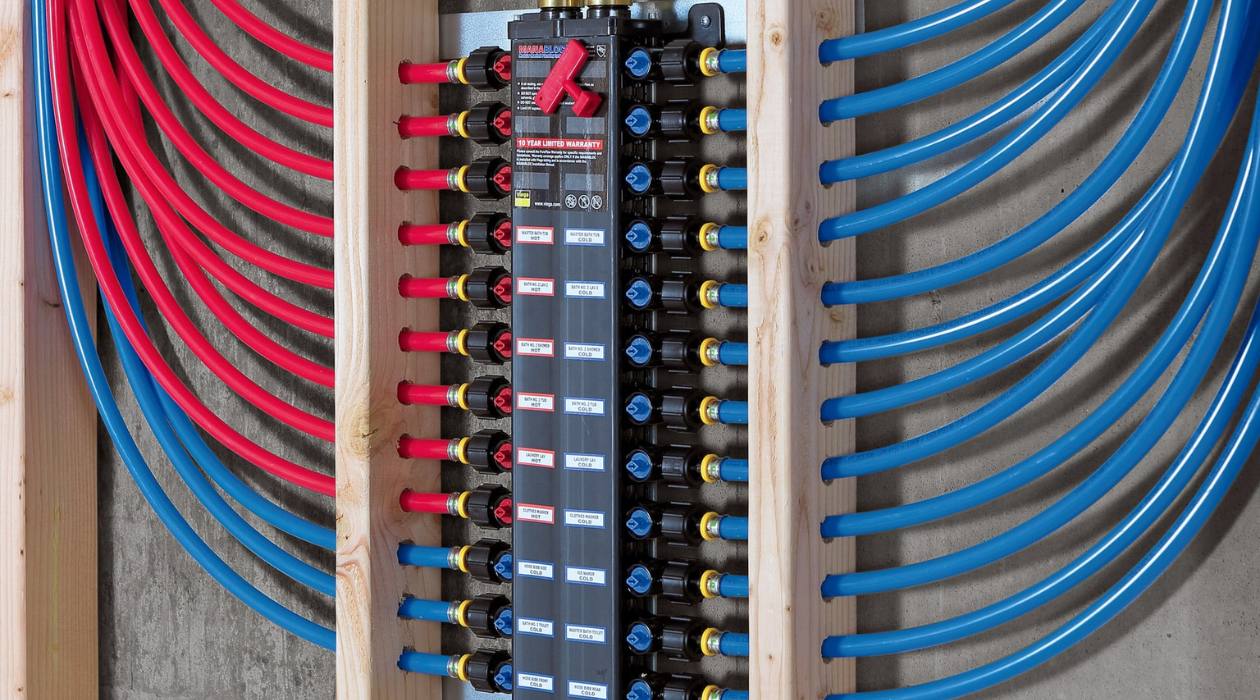
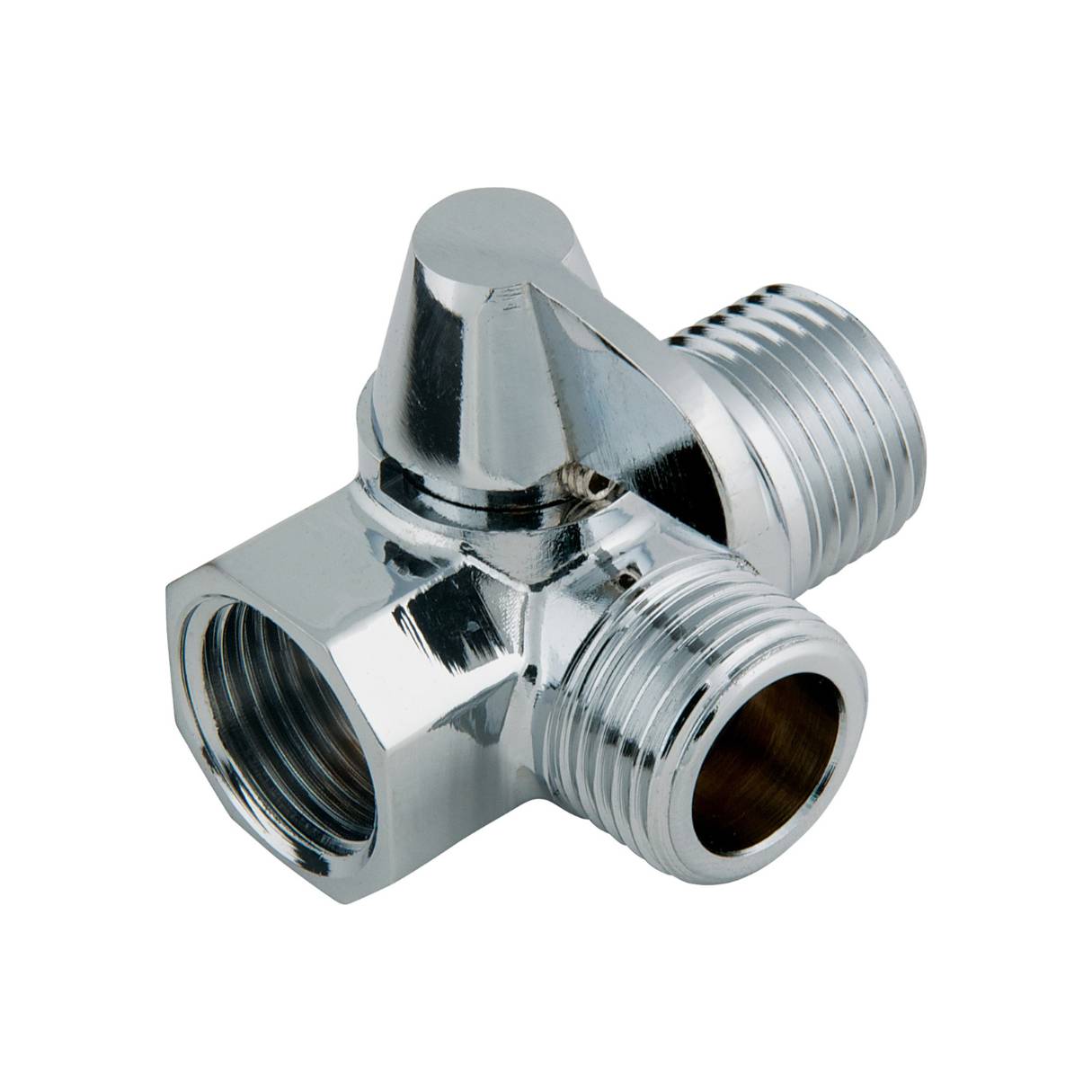

0 thoughts on “What Is An RPZ In Plumbing”